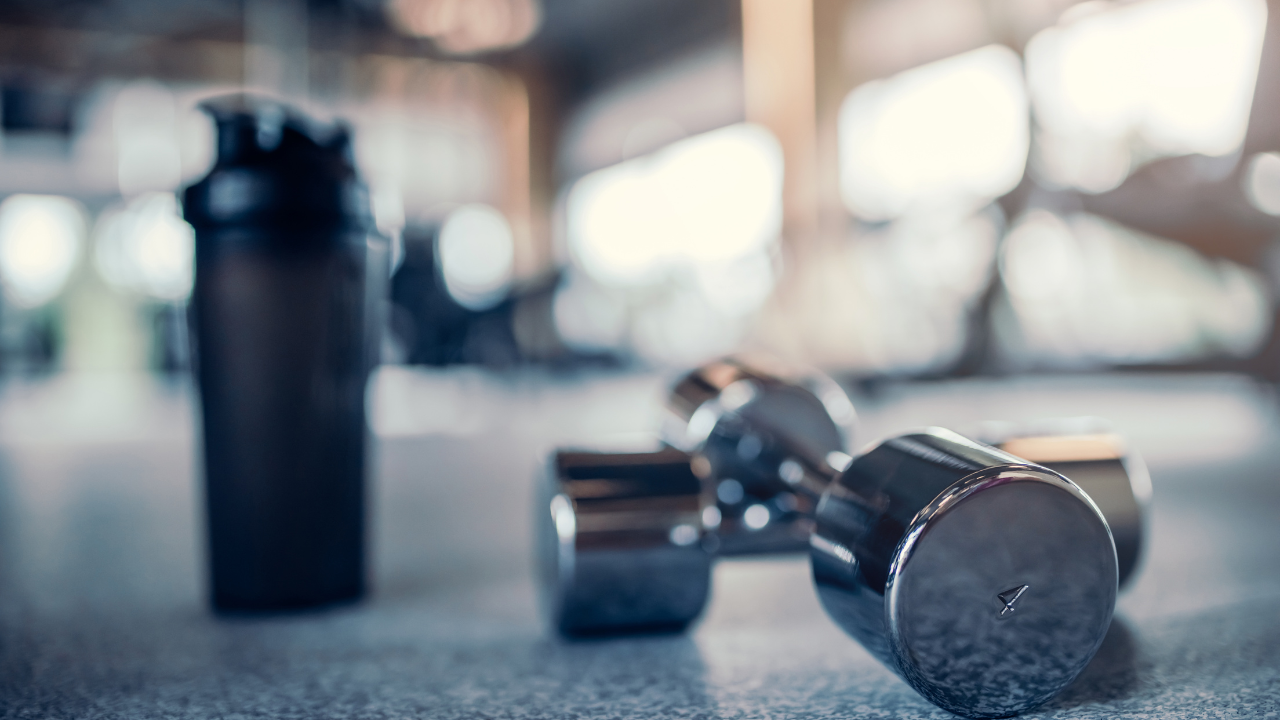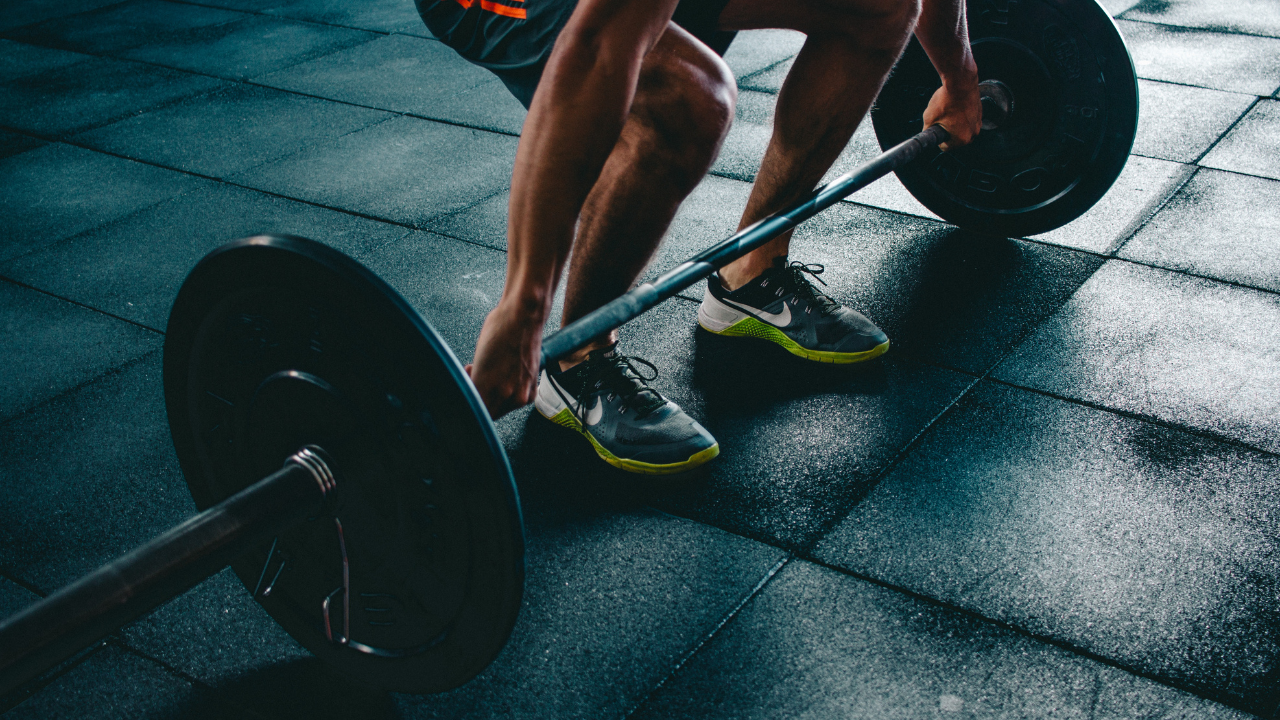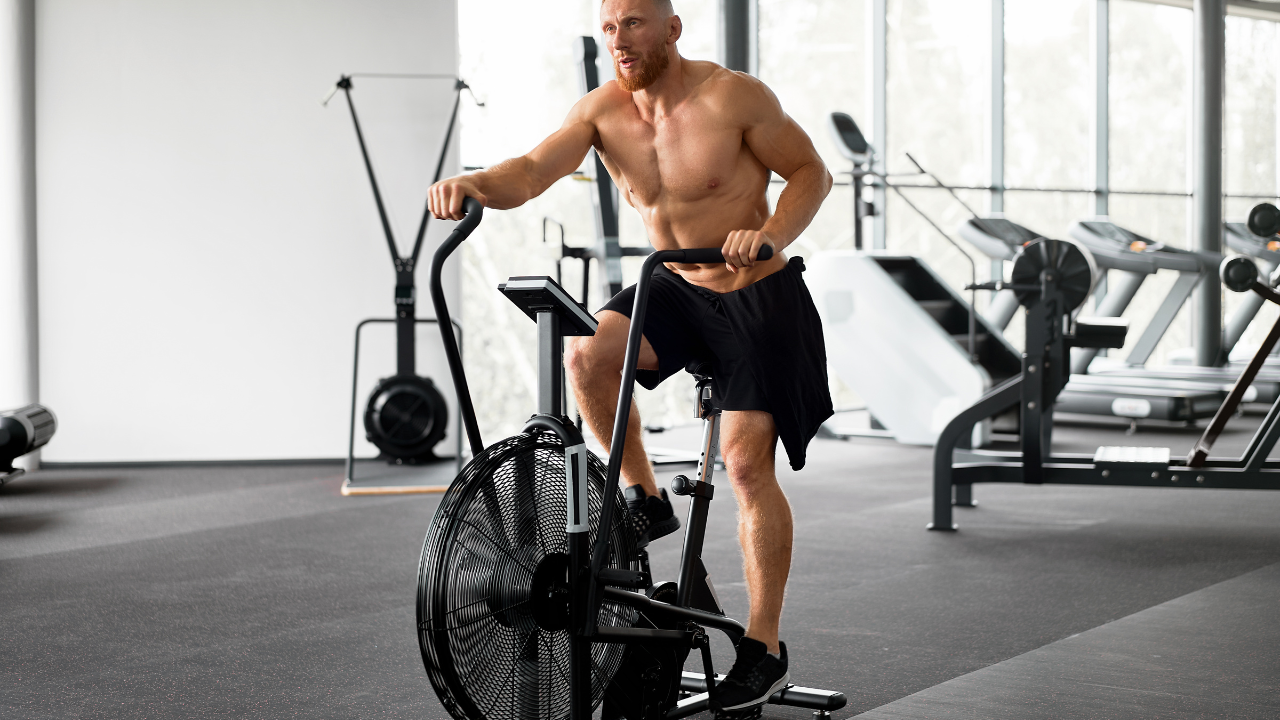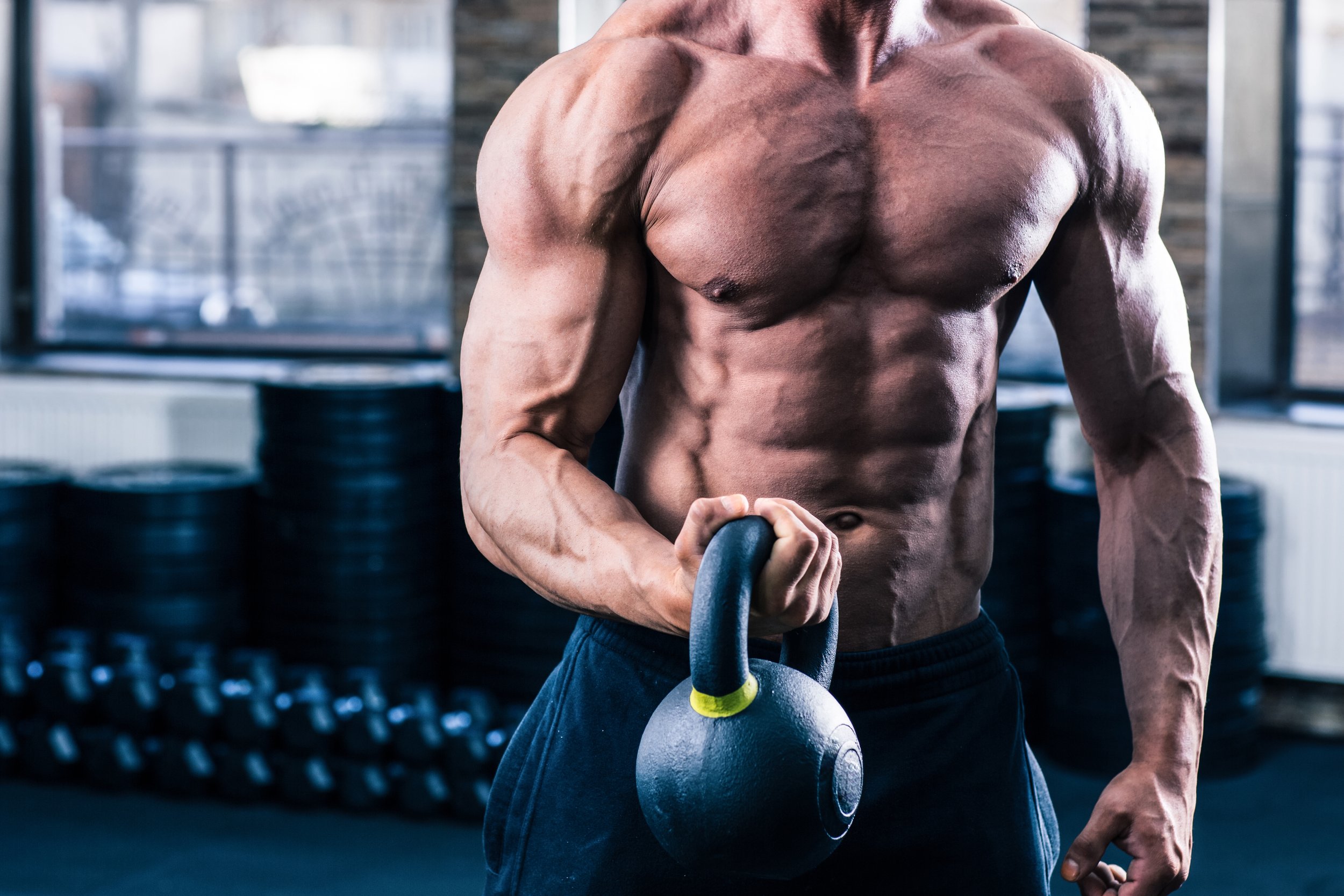

You Don’t Need To Be An Athlete To Get Out of Bed
Not everyone’s fitness goals need to be about perfection, world record breaking, or that of a high performance athlete. Most people really only need a moderate and consistent movement practice in order to live their life, maintain good health, and prevent injury. Coaches and trainers may be doing a disservice to their clients by overempasizing “perfect” form and reach goals that may be either uninteresting or not doable for them. It can also create fear in people that getting injured doing any kind of exercise will cause injury.

The Simplest Way To Get In Amazing Shape
The 80/20 principal states that in any field, you can get 80% of results with only 20% of effort, and the last 20% will take the last 80% of the effort. This is meant to be encouraging that you can a lot of good results without having to dedicate all of your time and energy. When it comes to fitness, the 80/20 principle can be applied to build very straightforward routines that will work - if you’re able to stick with it long enough.

Cardio Vs Gains
The idea that doing cardio prevents strength gains is outdated and inaccurate in most cases. Exercisers, including beginners and professional athletes, benefit from incorporating some cardio into their lifting routines and vice versa.

Optimal Pectoral Size Training
There are different strategies for training pectorals depending on if your goal is size, strength, or a combination of both. In general, the muscles in the upper body recover more quickly, meaning that you can/should train those lifts more frequently. The pectorals benefit from exercises that push wider ranges of motion - which is why the barbell bench press isn’t the ideal exercise for increasing pec size. Paused reps, “squeezing,” and slow, deliberate movement are key. Inclines and variations are also important to target all of the pectoral muscle fibers. Be sure to include horizontal presses, vertical presses from below, and the incline fly.

Understanding Grip Strength Regulation
Grip strength autoregulation can be a useful tool in order to maximize your workouts on any given day - grip strength is a good indicator of full body readiness. If your grip strength is good, then you typically do a more challenging workout, versus a low grip strength which may be a sign to hold back or modify your workouts. Generally, grip strength testing is simple and easy to use, but should still be used intelligently in the context of your training program.
